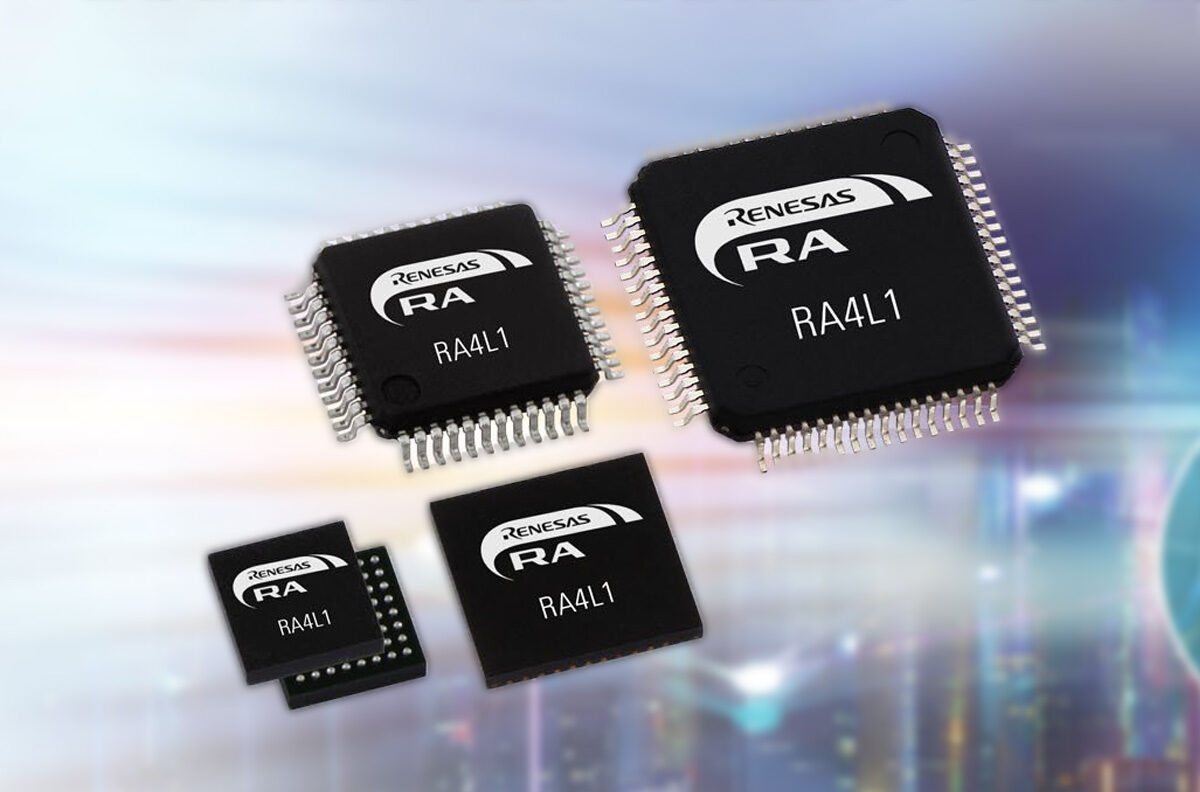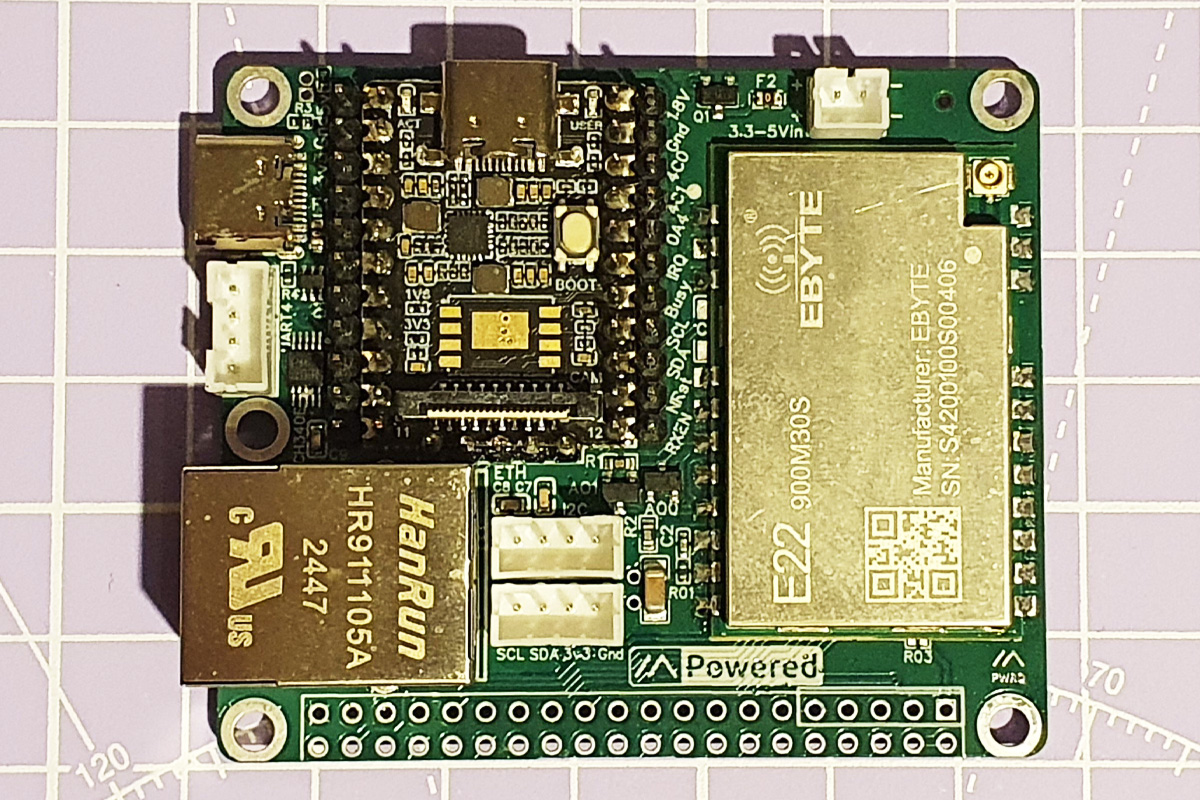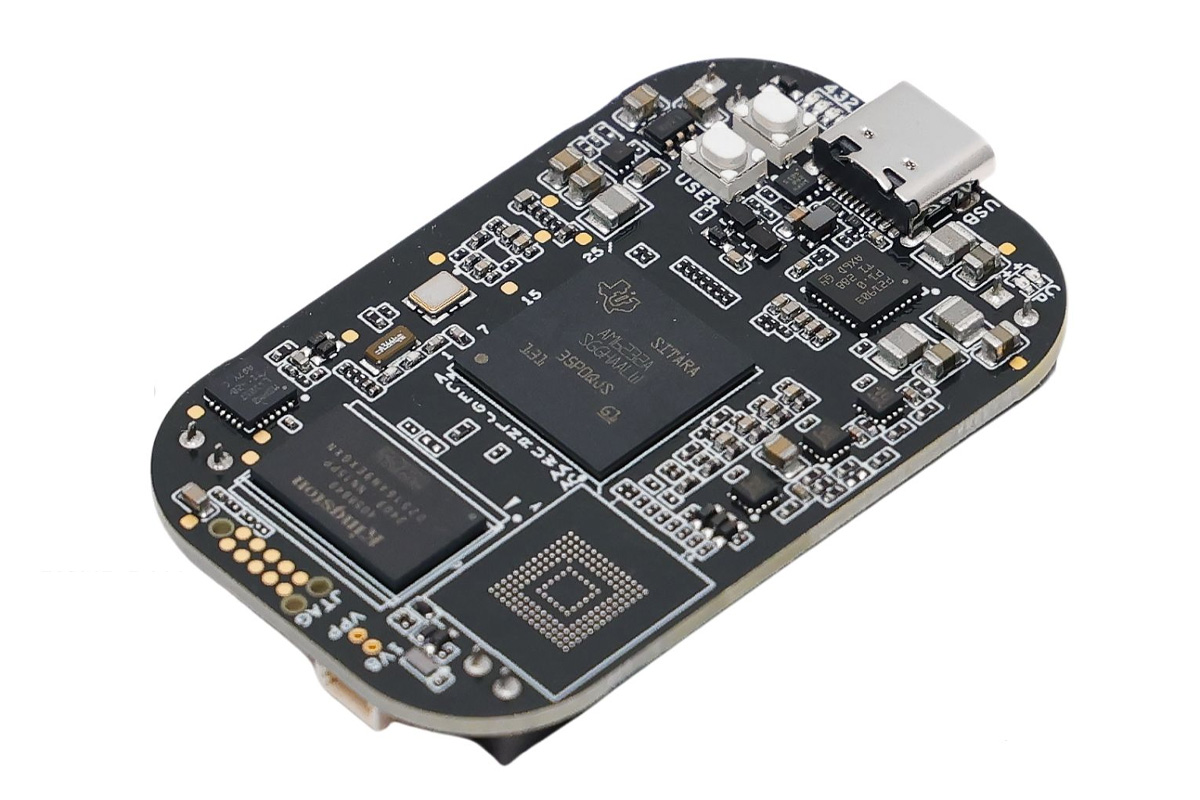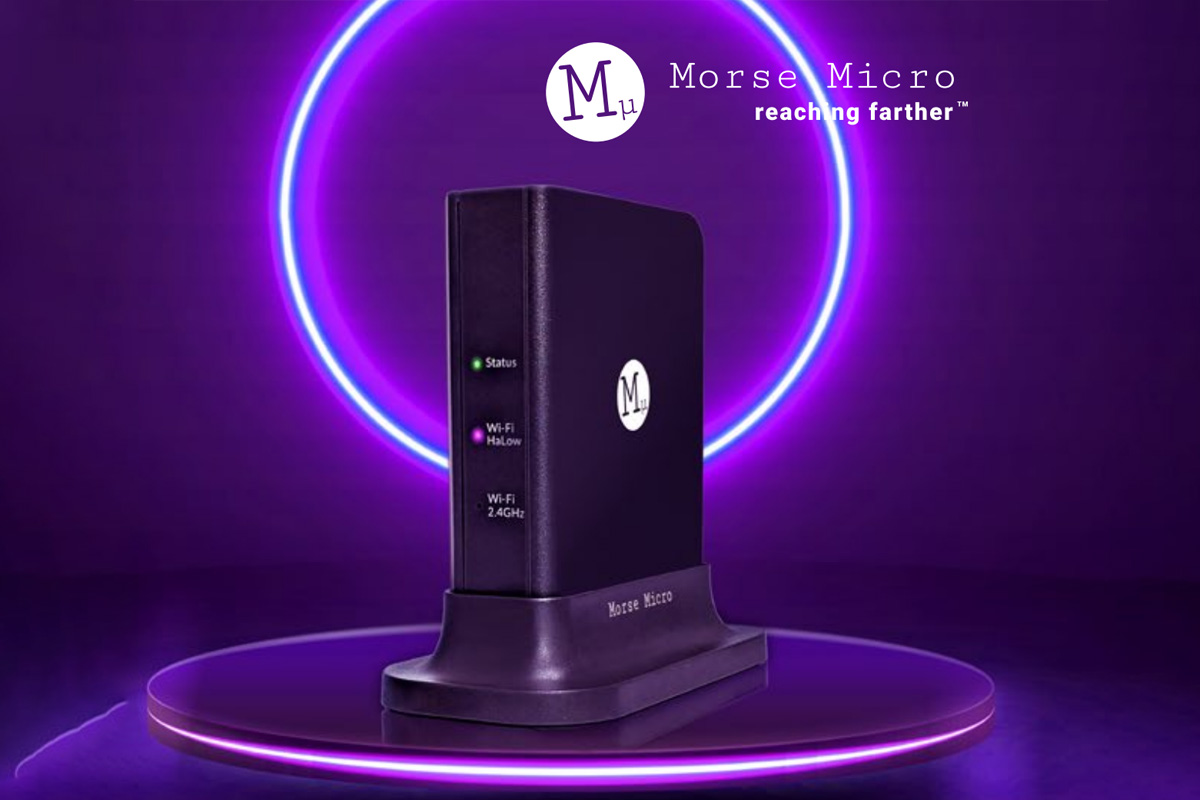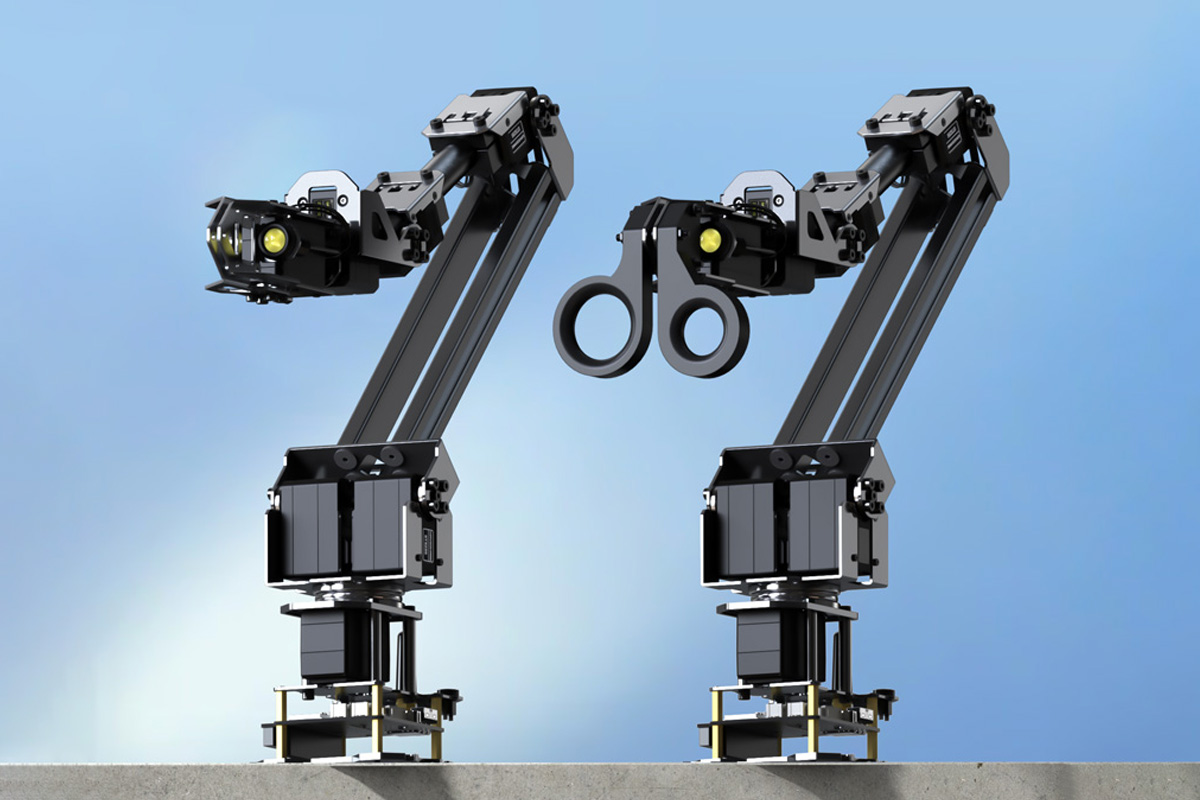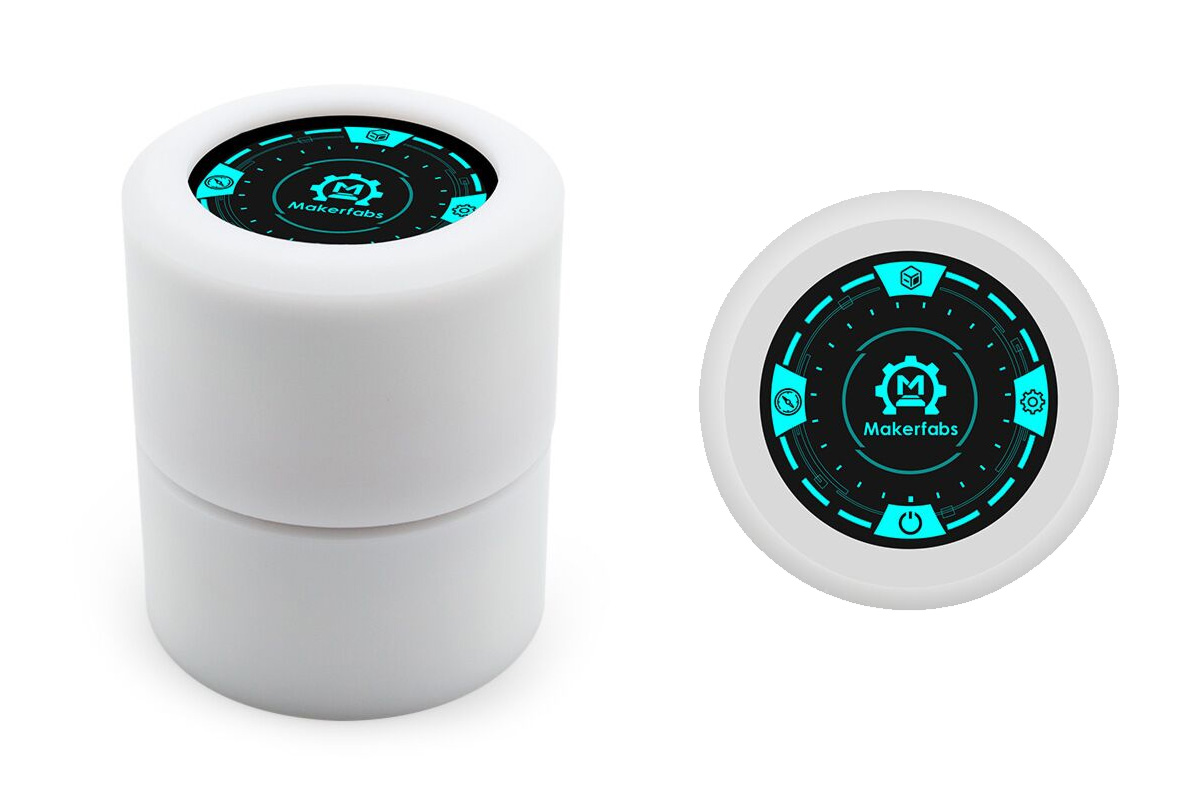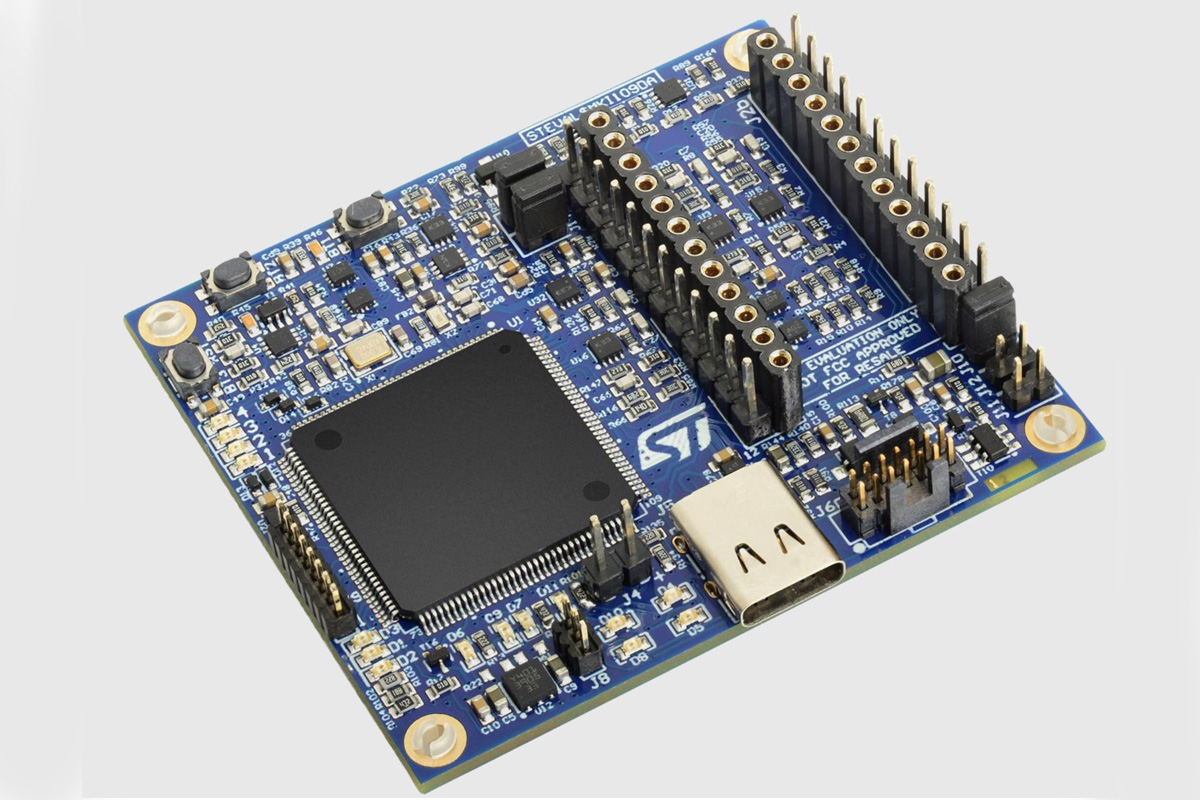Renesas has recently introduced the RA4L1 ultra-low-power Arm Cortex-M33 MCU family along with two evaluation/development boards. This new lineup consists of 14 ultra-low-power devices based on an 80 MHz Arm Cortex-M33 processor with TrustZone support and designed for metering, IoT sensing, smart locks, digital cameras, and human-machine interface (HMI) applications. The RA4L1 MCU family offers high power efficiency at 168 µA/MHz while active and a standby current of 1.70 µA while retaining SRAM. Additionally, they support segment LCD, capacitive touch, USB-FS, CAN FD, low-power UART, multiple serial interfaces (SPI, QSPI, I2C, I3C, SSI), ADC, DAC, real-time clock, and security features like the RSIP security engine with TRNG, AES, ECC, and Hash. Renesas RA4L1 microcontroller Renesas RA4L1 specifications MCU core Arm Cortex-M33 core (Armv8-M) Up to 80 MHz operating frequency Arm Memory Protection Unit (MPU) 8 secure regions (MPU_S) 8 non-secure regions (MPU_NS) CoreSight ETM-M33 Dual SysTick timers (secure & non-secure) […]
Femtofox Pro v1 LoRa and Meshtastic development board runs Linux-based Foxbuntu OS on Rockchip RV1103 SoC
The Femtofox Pro v1 kit is a compact, low-power LoRa and Meshtastic development board running Linux specially designed for Meshtastic networks. Built around the Luckfox Pico Mini (Rockchip RV1103) SBC, this compact development platform supports USB host/device functionality, Ethernet, WiFi over USB, GPIO interfaces, I2C, UART, and a real-time clock (RTC). The most unique feature of this board is that it operates at very low power (0.27-0.4W), making it ideal for solar-powered applications. Additionally, Femtofox supports native Meshtastic client control, USB mass storage, and network reconfiguration via a USB flash drive. It also includes user-configurable buttons for WiFi toggling and system reboot, enhancing its usability. These features make Femtofox particularly useful for applications such as emergency response and off-grid messaging. Femtofox Pro v1 kit specifications Mainboard – Luckfox Pico Mini A SoC – Rockchip RV1103 SoC CPU – Arm Cortex-A7 processor @ 1.2GHz + RISC-V core Memory – 64MB DDR2 […]
LLMStick – An AI and LLM USB device based on Raspberry Pi Zero W and optimized llama.cpp
Youtuber and tech enthusiast Binh Pham has recently built a portable plug-and-play AI and LLM device housed in a USB stick called the LLMStick and built around a Raspberry Pi Zero W. This device portrays the concept of a local plug-and-play LLM which you can use without the internet. After DeepSeek shook the world with its performance and open-source accessibility, we have seen tools like Exo that allow you to run large language models (LLMs) on a cluster of devices, like computers, smartphones, and single-board computers, effectively distributing the processing load. We have also seen Radxa release instructions to run DeepSeek R1 (Qwen2 1.5B) on a Rockchip RK3588-based SBC with 6 TOPS NPU. Pham thought of using the llama.cpp project as it’s specifically designed for devices with limited resources. However, running llama.cpp on the Raspberry Pi Zero W wasn’t straightforward and he had to face architecture incompatibility as the old […]
PocketBeagle 2 SBC combines TI AM6232 dual-core Cortex-A53 SoC with MSPM0 MCU
Beagleboard has recently announced the PocketBeagle 2, a single board computer (SBC) built around TI’s AM6232 dual-core Cortex-A53 and Cortex-M4F SoC and an additional MSPM0L1105 Arm Cortex-M0+ microcontroller for ADC pins and board ID storage. Designed for developers, students, and hobbyists, it’s a direct upgrade from the previous generation PocketBeagle which the company released in 2017. The new board comes with a faster dual-core 64-bit CPU (compared to a single-core CPU), faster memory (DDR4), improved power management (USB-C + LiPo charger), and easier debugging (UART + JTAG) for faster development. Additionally, it comes with four user-controllable LEDs, a power LED, and a battery-charging LED for better status indication. Unlike the first generation, this new version comes with pre-soldered GPIO headers with the same compact (55 x 35mm) form factor, making it suitable for embedded applications and IoT projects. PocketBeagle 2 single-board computer specifications Main SoC – Texas Instruments AM6232 CPU […]
HaLowLink 1 Wi-Fi HaLow gateway turns legacy devices into Wi-Fi HaLow clients via Ethernet, USB, or 2.4 GHz Wi-Fi
Morse Micro in collaboration with GL.iNet has recently showcased the HaLowLink 1 Wi-Fi HaLow gateway, which the company terms as Wi-Fi HaLow reference design and evaluation platform developed for long-range, low-power wireless connectivity for IoT applications. Built around the AzureWave AW-HM593 module with Morse Micro MM6108 silicon, it supports 1/2/4/8 MHz bandwidths. It features a MediaTek MT7621A dual-core CPU, Wi-Fi 4 module, dual Gigabit Ethernet, USB-C, and an SMA antenna connector, allowing it to work as a Wi-Fi HaLow router, access point, or extender. The device runs OpenWrt and provides an intuitive web-based UI and SSH/CLI configuration. OpenWrt also gives access to a web-based UI and SSH/CLI configuration. These features make this device useful for applications like smart homes, industrial automation, agriculture, and telecommunications. HaLowLink 1 specifications: SoC – Mediatek MT7621 dual-core, quad-thread MIPS1004K processor @ up to 880MHz System Memory – 256MB DDR3 (optional 512 MB) Storage – 32MB […]
Waveshare ESP32 robotic arm kit with 5+1 DoF supports ROS2, LeRobot, and Jetson Orin NX integration
Waveshare has recently released the RoArm-M3-Pro and RoArm-M3-S, a 5+1 DOF high-torque ESP32 robotic arm kit. The main difference between the two is that the RoArm-M3-Pro features all-metal ST3235 bus servos for durability and longevity, on the other hand, the RoArm-M3-S uses standard servo motors which are less durable for long-term use. These robotic arms feature a lightweight structure, a 360° omnidirectional base, and five flexible joints, which together create a 1m workspace with a 200 grams @ 0.5m payload. A 2-DOF wrist joint enables multi-dimensional clamping and precise force control. It integrates an ESP32 MCU, supporting multiple wireless control modes via a web app, it also supports inverse kinematics for accurate positioning, curve velocity control for smooth motion, and adaptive force control. The design is open source and with ROS2 compatibility, it allows secondary development via JSON commands and ESP-NOW for multi-device communication. Compatible with the LeRobot AI framework, […]
MaTouch SmartKnob Assembled ESP32-based rotary knob with touchscreen display sells for $69
Makerfabs has recently released “MaTouch SmartKnob Assembled” based on the SmartKnob View open-source hardware design but enclosed in a plastic case. As a reminder, the SmartKnob View is an ESP32-S3-based DIY rotary knob built around a BLDC motor. With clever software and engineering, the motor is so configured that it can do software configurable detents, haptic feedback, magnetic encoder, and more. It also has a round LCD touchscreen, and USB-C, and features a convenient 3D enclosure that can also be attached to your wall with some sticky pull tabs. The SmartKnob View was a great concept, but its DIY nature made it difficult for many people to get their hands on one as it was never manufactured in quantities. The MaTouch SmartKnob Assembled solves this issue by building upon the original design and comes fully assembled for immediate use. The original module integrates a 240×240 round LCD and uses an […]
STMicro’s STEVAL-MKI109D evaluation board supports all ST MEMS sensors with a DIL24 socket
STMicroelectronics has introduced the STEVAL-MKI109D a MEMS sensor evaluation board, designed to test and optimize STMicro’s MEMS sensors for various applications, including industrial automation, smart agriculture, and consumer electronics. Built around the STM32H563ZI Arm Cortex-M33 MCU this development board features I²C, I3C, and SPI interfaces, along with a TDM interface for high-speed sensor data communication. The board is also compatible with STMicro MEMS DIL24 adapter boards, which makes it easy for engineers to test different sensors. Additionally, it has software-adjustable power circuitry (0–3.6V), and onboard power monitoring for accurate analysis of sensor performance. STEVAL-MKI109D specifications Main MCU – STMicro STM32H563ZI Arm Cortex-M33 MCU with DSP and FPU Storage – MicroSD card slot Sensors – Supports all STMicro MEMS DIL24 compatible adapter boards Interfaces – I²C, I3C, SPI, TDM USB – USB Type-C connector for power and programming Misc Onboard J6 connector for STM32 programming and debugging Onboard J9 connector for […]


